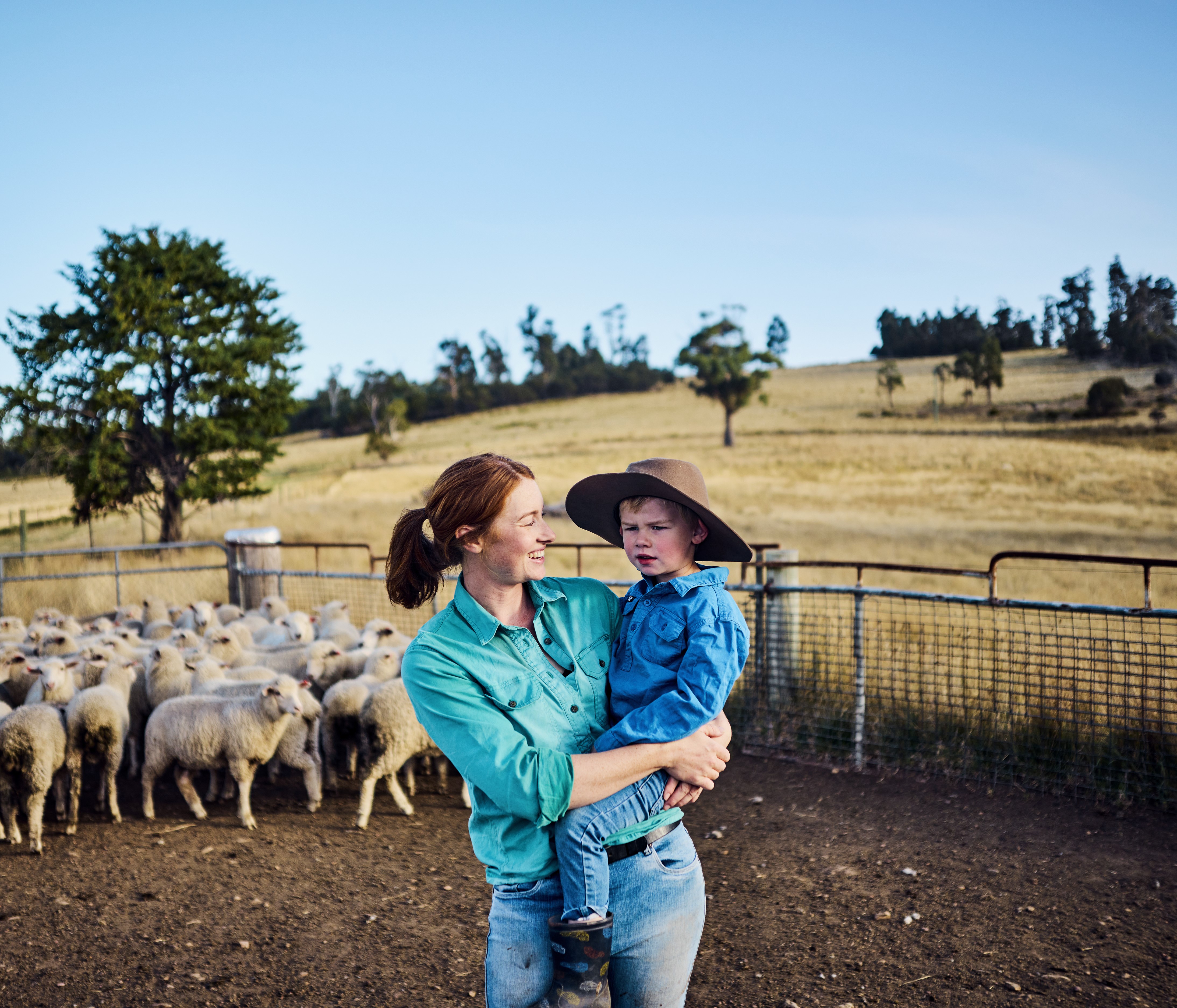01 Jun 2023
These projects equate to $1.3 billion in value, nearly double what was under construction in Q4 2022, with three of those projects located in Western Australia, where the shift from its reliance on coal-fired generation has accelerated.
However, this construction activity was overshadowed by a significant fall in new financial commitments in large-scale renewable generation projects. No renewable generation projects reached financial close in Q1 2023. This is a leading indicator for the renewable energy pipeline.The Rangebank battery storage project in Melbourne’s south-east was the only project to reach financial close in Q1 2023, equating to just 200 MW of capacity and $400 million worth of new investment, significantly below the previous quarter and rolling 12-month quarterly average of $1.6 billion.Clean Energy Council Chief Executive Kane Thornton said that while the clean energy construction numbers were pleasing, the pipeline of projects reaching financial close is worrying. While this is just one quarter and follows a stronger Q4 2022 of new investment, it is cause for concern."Australia needs to double the rate of renewable energy deployment to ensure we have enough new supply to drive down power prices, replace exiting coal generation and ensure we achieve the target of 82 per cent renewable energy by 2030 and put Australia on a path to achieve net-zero by 2050," he said."A slowdown in the rate of new projects reaching financial close is at odds with our need to accelerate deployment. While energy investors are enthusiastic about investing in clean energy in Australia, there are a variety of headwinds that are undermining confidence at present."This includes the global competition for clean energy as many countries follow the US Inflation Reduction Act and dramatically increase the scale and incentives for clean energy, challenges with the grid, supply chain and workforce constraints and planning and approvals regimes in need of reform.The Federal Government has made significant progress in providing certainty and leadership in managing the energy transition and making up for the last decade of inaction. This includes a material response in the recent budget to support green hydrogen and accelerate electrification.Unfortunately, Australia's Renewable Energy Target (RET) is phasing out when an extended target could provide much-needed certainty. The clean energy industry is encouraging the government to consider an extended RET, which could deliver the impetus to overcome many of these headwinds and double the current deployment rate."No policy has delivered as much abatement, given as much certainty and unlocked as much investment as the RET. Extending it beyond 2030 would be simple and fast, and the costs associated with this extension will be far outweighed by lower energy prices that we know will follow," said Thornton."While we welcome increased leadership from state governments, there is also emerging concern about the role some state governments may play in the ownership of renewable energy generation."These risks and challenges need urgent and coordinated attention to ensure Australia gets back on track to delivering new clean energy supply critical in managing the energy transition."
ENDS
For more information or to arrange an interview, contact:
Liam Straughan
Clean Energy Council Media Officer
+61 409 470 683
In the news
Latest news
Read the latest updates from the Clean Energy Council and across the industry.





